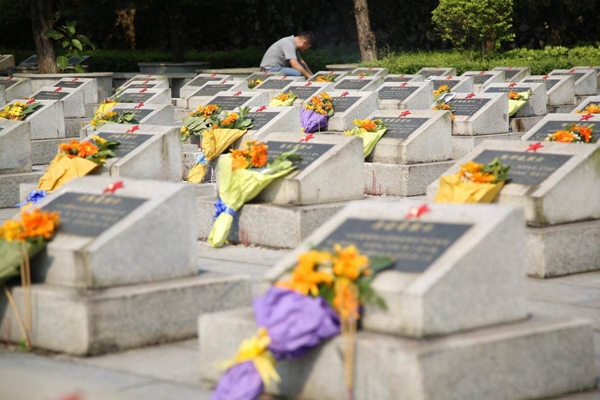|
|
|
More eco-friendly ways of honoring the deceased are needed. [File Photo] |
More eco-friendly ways of honoring the deceased are needed as traditional tombstones swallow natural resources and degrade the ecological environment. The answer, says an expert, is a QR code tombstone.
According to Wang Yanzhen, Vice-President of the China Funeral Association: “In modern times, people should commemorate their deceased loved ones in modern ways”.
“The internet provides impetus for the transformation and upgrading of funeral modes. Thus, the QR code tombstone can play the same role as a traditional one in helping people offer sacrifices to their departed ones,” said Wang.
Based on the QR codes and the mobile internet, the new type of tombstone uses digital data to store a biography, photographs and videos of the departed.
By scanning the QR code, one can gain access to all these memorial materials, helping make a commemoration interactive and far more educational. Made of bronze and pottery, the QR code tombstone helps save land and protect the environment, Wang argued.
He explained that China started to promote cremation in the1950s in order to save land. However, after reform and opening up, the resurgent idea of “Being laid to rest” prompted people to build cemeteries and bury the bone ash from cremation of their deceased relatives.
However, cemeteries, especially large, luxury ones, not only occupy farmland and forestland but also consume wood, stones and cement, leading to resource waste and environment degradation. Therefore, ways of honoring the deceased should be changed.
Statistics show that it takes 200,000 square meters of land to provide cemeteries for 70,000 dead people each year in Beijing alone. Without a change in thinking, the living would have to fight for land with the dead in the near future, Wang added.
Follow this news feed: East Asia






